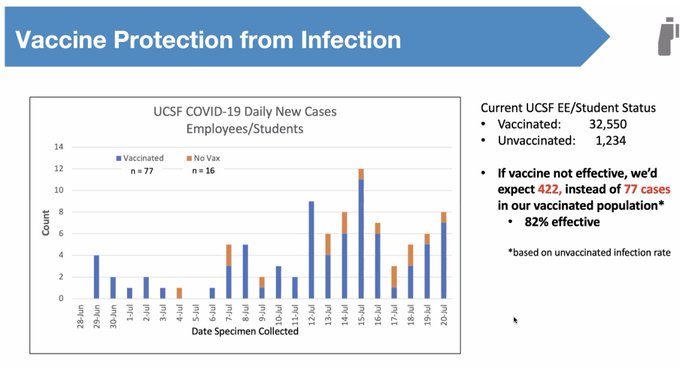Cultellus wrote: ↑Tue Jul 27, 2021 4:37 pm
Masks didn't work. They do not work. Go get one of those fake Cuban cigars and blow smoke through any of the masks you all think are working. Let me know if you puke into the mask because the smoke could not escape. I will be here waiting.
When it comes to limiting virion spread from upper respiratory shedding, they are actually really effective at infection mitigation. By no means 100% effective (or even 90% for that matter), but the efficacy is high enough to warrant their use. This is a basic tenet of infection control in hospital settings. Outside of an N95, you are most definitely not going to do much good against preventing being infected by a bioaerosol. And even with an appropriate mask, it has to be specifically fitted to your face.** The key is to mitigate transmission prior to droplet evaporation. The verifiable goal is to prevent virion-containing droplets from evaporating.
If you walk the corridors of a hospital, you're likely to see color-coded "flags" or cards outside of rooms. These act as a warning to hospital staff of various protocols for that particular patient (most common are allergen and infection control). Almost all patients on immunosuppressive therapies will require others to wear a mask when entering their room.
Many things we encounter in the world are "safety theater" (TSA, anyone?). Masks and their prevention of certain virion that have transmission dependent on droplet load is one of those things that isn't safety theater.
There has only been a small amount of research so far on size distribution of virus laden droplets when it comes to SARS-CoV-2, but there has been quite a bit on influenza over the past few decades. While the actual virion load per um is still not exactly ironed out, what has been fairly well studied, and would apply across all icky-ickies that depend on droplets for transmission -- the bigger the droplet, the larger the virion load. Incidentally, the bigger the droplet, the more likely it is to be trapped by a mask. It only takes a few seconds for a virion containing droplet to lose about 50% of its size. Using the influenza models, when it comes to droplets that are 60 um or less, you’re looking at a 99.9% probability that there are no nasties in there.
All that being said, a higher thread-count, and multiple layers are preferable. An 80 TPI single-layer mask is going to have downwards of 5% efficacy at stopping the iddy-biddies. Now 5% is better than 0%, and the 80 TPI single-layer mask is still going to stop some of the largest droplets, but it’s best to go with as tight a knit, and as many layers, as you can comfortably tolerate.
To use a kind of counter-example of blowing smoke through a cloth mask, that someone can try at home: Sneeze on a window screen.
** The mask fitting test by infection control coordinators for new hospital medical staff is pretty cool (and tasty). The person being fitted puts on a mask, and then has a big plastic hood put over their noggin'. A fine mist of sucrose is then sprayed into the hood. If the person can taste the sugary goodness, then they have to try a different mask size and/or brand until one is found the keeps them from getting the nom-noms. Doing these delicious fittings for newly hired doctors and nurses is one of the things I miss about my old profession.
